Heirloom Seeds and The Native Garden
Heirloom Vegetables and Native Plants Work Well Together
Heirloom gardening has really caught on in the past several years; from the delicious and nutritious usefulness of heirloom vegetables and herbs to the ethereal, captivating scent and stunning colors of heirloom flowers. What is often overlooked is the foundational stock of native plants and how they can be highly beneficial in many aspects. Inherently hardy and adapted to the environment, they need little if any attention and care once established. Natives act as pollinator attractants, nurse plants for more tender heirlooms, erosion control, soil improvement species, provide shade, windbreaks and housing for birds.
We are fortunate to have The Native Garden here in Prescott, AZ as they embrace and educate people on the dual benefits of both natives and heirloom seeds. The trees, shrubs, perennials, grasses, cacti and succulents are all adapted to the Central Highlands of Arizona, making them ideal additions to any garden or landscape.
We’ll show you around the demonstration garden with its raised beds and wall planters that are growing all sorts of heirloom goodies.
The front entrance greets visitors with a set of raised beds growing edible welcomes. Several different varieties of radish are on offer now, with lettuces and other greens filling in the mix. As the radishes are picked, they will be replaced with other tasty greens throughout the summer.

Raised Bed Radishes
Looking toward the street gives a good view of the central raised bed with its Purple Plum and Easter Egg blend radishes being offered to visitors, and the Black Spanish Round radishes are almost ready. People are pleasantly surprised at how tasty the fresh-pulled radishes are.
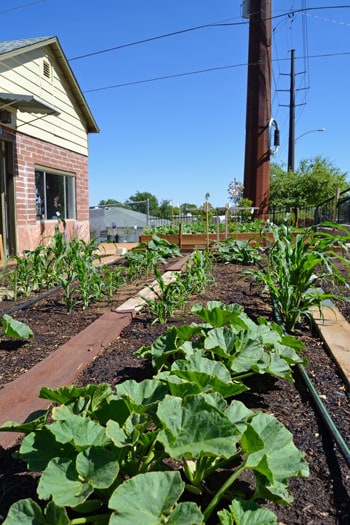
Raised Bed Squash
A view North along the two front raised beds showing the squash followed by Hopi Blue Corn on the right and Cherokee Long Ear Corn on the left. The beds are pretty wide, so the boards allow walking into the bed without compaction of the soil. The beds are new this year and the plants already have some great growth on them. There should be an abundance of summer squash this year!
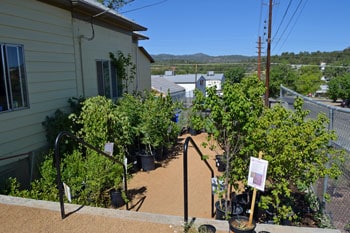
Natives Ready for to Take Home
Here is a good view of some of the native trees that line the walkway.
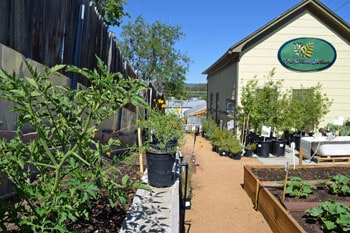
Heirloom Tomato and More Natives
Another view down the other side showing the heirloom tomato leading the way to another native-lined walk to the greenhouse and back parking area.
Start incorporating native plantings with your heirloom vegetable garden. They can be very supportive of each other, so look for some plants and trees that are native to your area at a knowledgeable nursery or local garden center where you live.

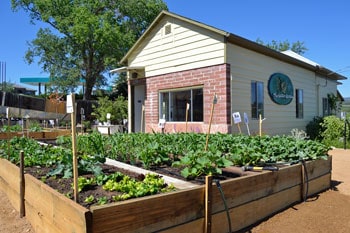
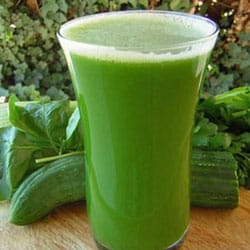




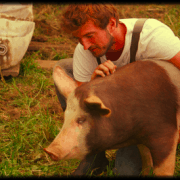
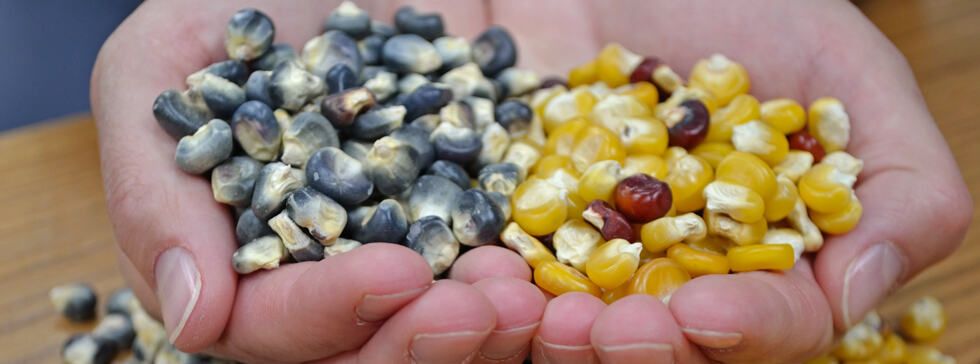
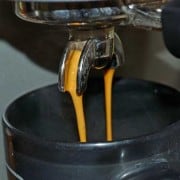
Would be nice if the article about heirloom veges with native plants could include information about plants that Indians used for food were included.
Also would like to know how you keep greens from bolting when you plant this late or do they get picked early?
Im setting up a 27 by 40 ‘ greenhouse at 1800 ‘ elevation in northern Az. that Im hoping to plant this fall. I was wondering if I should use Sahara mustard as a cover crop that I would pull before it ripens seed. What are your thoughts?
Gene- The article was focused on how heirlooms and plants that are native to an area can be beneficial for each others growth, and not how the Native Americans used those plants. That would be a much more involved article!
You really can’t physically keep the greens from bolting during the hot part of the year, aside from some shading. The best strategy is to use heat tolerant varieties, such as our spinach substitutes and practice succession planting vigorously.
Mustard does well as a cover crop, you would want to till it under for use as a green manure before it sets seeds. Tilling only needs to be at about 2 inches depth, no more. Pulling will also work, but is more physical work and more time intensive. We wish you the best of luck on your fall growing season!